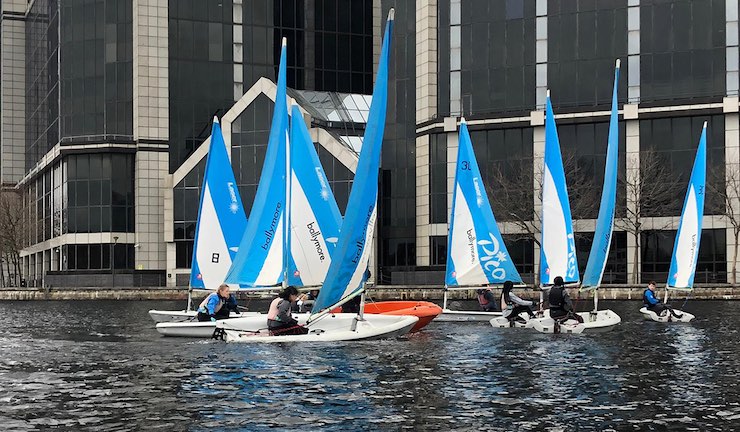
The Government has today (24 May) launched a Marine and Coastal Wildlife Code, offering friendly advice and guidance to help people visit the coast responsibly.
Home to around 95% of Europe’s grey seal population and around 25% of Europe’s breeding seabirds, the British coastline supports many iconic species and habitats. It is also a special place for people to visit, and ongoing work to establish the King Charles III England Coast Path – which when complete will be the longest waymarked coastal path in the world at over 2,700 miles – is helping more people than ever to access these environments.
However, as visitors to our coastlines rise, it is important to ensure that our precious marine wildlife remains as undisturbed as possible. Young seals, for example, can use up vital energy if startled by people getting too close or being too noisy, meaning young pups struggle to haul out of the water to rest and digest their food. In a bad year of disturbance, only 25% are likely to survive to the age of 18 months.
Developed in collaboration with organisations including Whale and Dolphin Conservation, the RSPB, Shark Trust and Cornwall Seal Group Research Trust, the Marine and Coastal Wildlife Code includes advice for those walking along the coast or taking part in water-based activities such as kayaking, paddleboarding or riding a personal watercraft (PWC).
The Code offers specific guidance around animals such as seabirds, seals, dolphins, sharks and turtles, including information on breeding seasons and how species might react to disturbance.
Marine Minister, Lord Benyon, said: “Ensuring everyone has access to nature is a priority for this Government – but is it absolutely vital that people enjoy nature responsibly. The Marine and Coastal Wildlife Code will enable everyone to make the most of our treasured outdoor places whilst protecting the very species and habitats that make our coastline so special.”
Visitors can disturb wildlife by: approaching animals to take photos; crowding or circling them; making noise; losing control of their dog; or damaging and changing habitats.
Commenting on the launch of the new Code, Kate Fortnam, The Green Blue Campaign Manager, said: “The Green Blue welcomes the advice and guidelines included in the new Marine and Wildlife Code. Visitors to rural locations have benefitted from the Countryside Code for many years so it is fantastic to see the marine environment now receiving its own tailored guidance.
“As water users it is vital that we act now to protect the marine wildlife and habitats which we all enjoy. Hopefully the advice included in the Code will enable recreational boaters and water users to make greener choices when visiting the coast.”
You can read more about the Marine and Coastal Wildlife Code on the GOV.UK website.
If you’re interested in learning more about being more sustainable on the water, you can find advice and guidance on The Green Blue website. You can also commit to lowering your environmental impact by making The Green Blue Boating Pledge.

